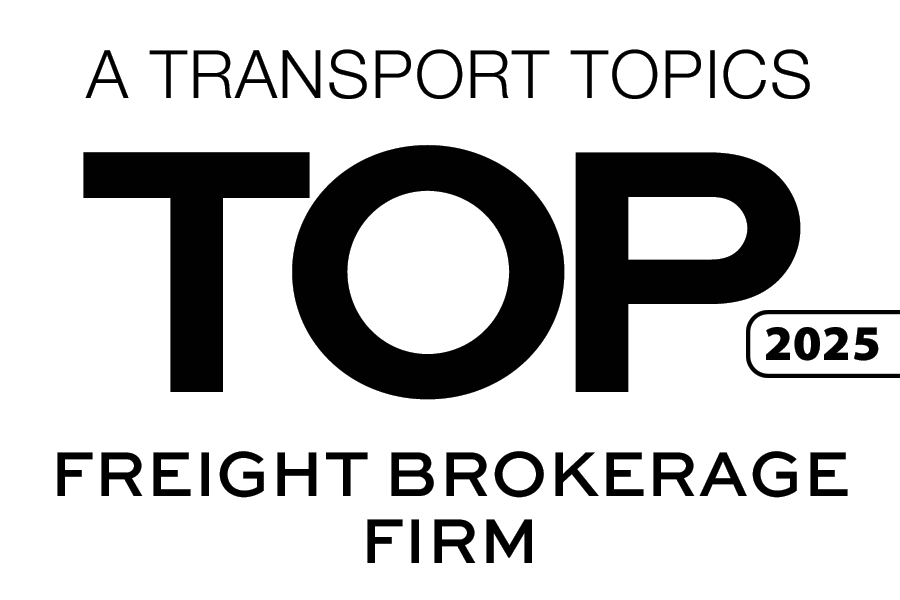Heightened ICE Enforcement Puts Pressure on Carriers
October 21, 2025
 U.S. Immigration and Customs Enforcement (ICE) has recently intensified enforcement operations along major highways, including critical trade corridors at the US/Mexico border which serve as some of the busiest border crossings in the United States. These crackdowns are part of a broader effort to target unauthorized workers and ensure strict compliance with federal immigration laws.
U.S. Immigration and Customs Enforcement (ICE) has recently intensified enforcement operations along major highways, including critical trade corridors at the US/Mexico border which serve as some of the busiest border crossings in the United States. These crackdowns are part of a broader effort to target unauthorized workers and ensure strict compliance with federal immigration laws.
The increased presence of ICE has led to numerous arrests of commercial drivers, underscoring the agency’s commitment to rigorous oversight of documentation and workforce legality in vital freight hubs.
The heightened enforcement is causing significant concern across the trucking industry, as carriers now face more stringent scrutiny of their drivers’ credentials and heightened risk of operational disruptions. Many companies are reassessing their hiring practices, documentation processes, and overall compliance procedures to mitigate the potential impact of ICE inspections and enforcement actions.
Adding to these challenges is the renewed focus on English language proficiency requirements among drivers, as carriers must ensure their employees can communicate effectively in English to comply with regulations. The dual pressures of legal status verification and language proficiency create further operational challenges for carriers.
Industry data suggest that these enforcement measures can substantially influence driver availability, freight capacity, and load acceptance decisions. The border region is experiencing tighter capacity as carriers weigh the risks of operating under stricter federal oversight. In some cases, companies are forced to turn down certain loads or reroute shipments to avoid delays and regulatory complications, which can ripple across the supply chain, affecting delivery schedules and operational costs.
The ongoing ICE crackdowns illustrate the broader pressures on the trucking sector as it works to balance efficiency with regulatory compliance. The situation highlights the need to enact proactive measures such as thorough driver vetting, updated compliance training, and contingency planning, to ensure uninterrupted freight movement. Meanwhile, industry associations and local logistics stakeholders continue to advocate for clear guidance and communication with federal agencies to navigate these enforcement actions more effectively.
As enforcement efforts continue to evolve, stakeholders across the country are closely monitoring developments. By staying informed and adapting strategies accordingly, the trucking industry aims to maintain the safe and reliable movement of goods and minimize disruptions in an environment of increasing regulatory scrutiny. Triple T Transport will continue to monitor the situation and provide updates as developments unfold.














